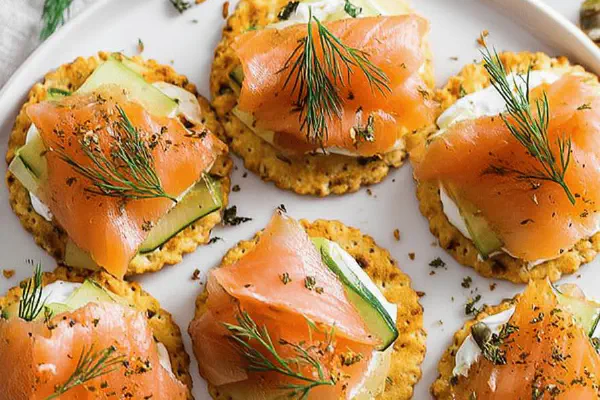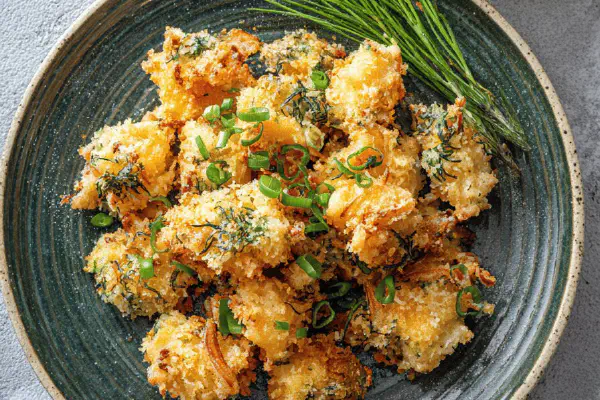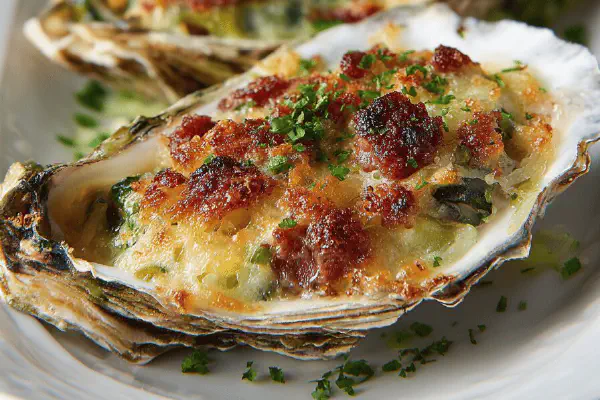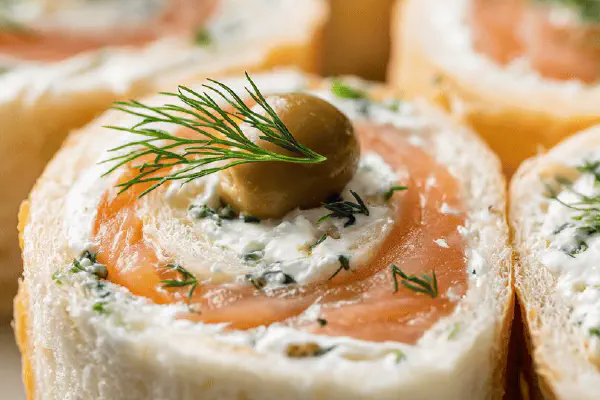Featured Recipe
Hot Crab Butter

By Kate
"
Cook snow crab legs and claws in a rich butter broth spiked with white wine and lime juice. Aromatics soften and flavors meld as the butter melts gently, coating every crevice of crab. Serve steaming with herb butter or smoky aioli for dipping. Practical for large groups. Recognize doneness by warm shell and a fragrant broth bubbling softly, not rolling boil which toughens crab meat. Substitute vegetable broth for chicken broth or tiger prawns for crab for a quick twist. Use ghee or clarified butter to avoid burning; watch heat levels closely. Timing flexible but rely on touch and aroma cues throughout.
"
Prep:
20 min
Cook:
20 min
Total:
40 min
Serves:
6 servings
seafood
crab
butter
easy recipes
party food
Introduction
Forget fuss and fancy. Snow crab legs straight from the pot, bathed in butter and bright lime juice. The key is slow aromatics — shallots sweating in butter release sweetness, not bitterness. White wine cuts through richness, bringing brightness, acidity. Honey balances that edge with a touch of syrupy smoothness. Butter can split if rushed or heated too high — melt low, fold in carefully. Look for gently simmering, not a wild boil. Crab meat is pre-cooked; your goal is warming, melding flavors, not cooking crab from scratch. The shells turn warm, a faint bubbly broth signals ready. Serve straight out, messy and joyful, with sauces that add heat or herbaceous notes. Familiar ingredients, given room to breathe and combine.
Ingredients
About the ingredients
Substitutions are straightforward here. If no white wine, dry vermouth or a light chicken broth work fine — just avoid heavy or sweet liquids that mask brightness. Lime juice can be swapped with lemon, but lime’s distinctive tang pairs better with shellfish. Use clarified butter or ghee when cooking at higher heat to prevent burning — especially important if your pan runs hot or you’re using thinner cookware. Consider adding a garlic clove or pinch of smoked paprika with shallots for a smoky dimension. Scaling amounts up or down works without fuss; keep ratio of butter to liquid balanced to maintain sauce viscosity. Pre-cooked crab means no worry on timing, focus on coating and warming uniformly.
Method
Technique Tips
Start by slowly melting butter with shallots over medium-low heat; this prevents browning that would add a bitter note. Watch for translucency — when shallots turn glassy, aroma peaks. Adding wine cold stops base temperature spike — crucial for gradual flavor extraction. Boil briefly to cook off alcohol and concentrate flavor; watch for gentle bubble action — rapid boiling risks toughening crab or breaking sauce emulsion. Butter added last, in small amounts, tempers the heat and forms a luscious sauce. Simmer crab just enough to warm through — you want to feel subtle springyness in shells; if it feels rubbery, you waited too long or heat was excessive. Stir with care to prevent meat tearing out of shells. Serving directly from pot keeps dish piping hot, ideal for communal eating. Keep backup options handy — if sauce breaks, whisking in cold wine off heat rescues texture. Use tongs to handle crab cleanly — shell fragments can surprise. Always have dipping sauces prepped; they transform the finished dish. Timing flexible but rely on feel, aroma, and visual cues over watch.
Chef's Notes
- 💡 Consider garlic, smoked paprika with the shallots for depth. Balance flavors; a little goes a long way. Thin it down with broth if needed.
- 💡 Temperature is key; can overheat easily. Watch butter—don’t let it burn. Whisk in small pats—keep it creamy, not greasy. Control the heat.
- 💡 Adjust liquid if using a bigger pot. More crab means more broth; stick to butter to liquid ratio. Use plenty of shallots for aroma.
- 💡 If you sub in prawns, adjust simmer time. Shell doesn’t take long to warm, keep it tender. Less time than crab — they’re more delicate.
- 💡 Leftover broth? Strain and cool, great starter for risottos or soups. Rescue broken sauce with cold wine off heat. Works every time.
Kitchen Wisdom
How to tell when crab is done?
Check for warm shells. Look for gentle bubbles in broth. If it starts boiling hard, crab toughens.
What if broth separates?
Stop the heat. Whisk in cold white wine. Fixes that — keeps sauce from breaking. Easy to salvage.
Can I swap out ingredients?
Yes, use light chicken broth if no wine. Lemon juice is fine too, but lime has a zing that fits crab better.
What about storing leftovers?
Store in fridge; up to three days. Reheat gently. Or fresh sauces? Make ahead, keep in fridge. They hold well.



